New South Wales (NSW) electricity consumers can expect to receive a flat-rate solar feed-in tariff (FiT) between 4.8 and 7.3 cents (USD 3-4.6 cents) / kWh from their retailer for solar electricity they export to the grid in 2025-26.
Released by the NSW government independent pricing and regulatory tribunal (IPART) the figures are based on IPART’s forecast of daytime wholesale prices of electricity.
Independent Pricing and Regulatory Tribunal (IPART) member Jonathan Coppel said the flat-rate tariff is slightly higher than last year based on a forecast wholesale electricity price increase.
“We also benchmark the value of solar exports at different times of the day. The amount of solar exported to the grid drops off in the late afternoon and early evening and the benchmarks have much higher values at these times, often more than 20c / kWh, as the supply from solar falls and electricity demand increases,” Coppel said.

Image: Independent Pricing and Regulatory Tribunal, NSW
IPART’s benchmarks for 2025-26 also incorporate new network charges and rebates for solar exports.
These were recently introduced by NSW distribution networks and are being rolled out to customers, with the net impact of the tariffs estiimated to be very small, reducing IPART’s benchmark range by less than 0.1 c / kWh.
Ausgrid
IPART estimates that in 2025-26 the average impact of export tariffs on solar customers in the Ausgrid network will be negative 0.10 c/kWh, which equates to an annual cost of around $2.50 per solar customer, while 51% of residential customers would be better off if retailers pass through the export tariff prices.
Most solar customers in the Ausgrid network will be assigned to an export tariff in 2025-26 and won’t be able to opt out.
Endeavour Energy and Essential Energy
IPART expects export tariffs for Endeavour Energy and Essential Energy solar customers will be minimal because the majority won’t be on an export tariff in 2025-26, and customers can opt out, meaning most feed-in tariffs available will not be adjusted to account for the impact of export tariff charges and rebates.
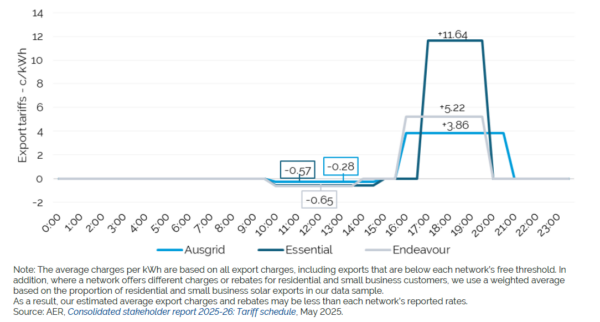
Image: Independent Pricing and Regulatory Tribunal, NSW
This content is protected by copyright and may not be reused. If you want to cooperate with us and would like to reuse some of our content, please contact: editors@pv-magazine.com.
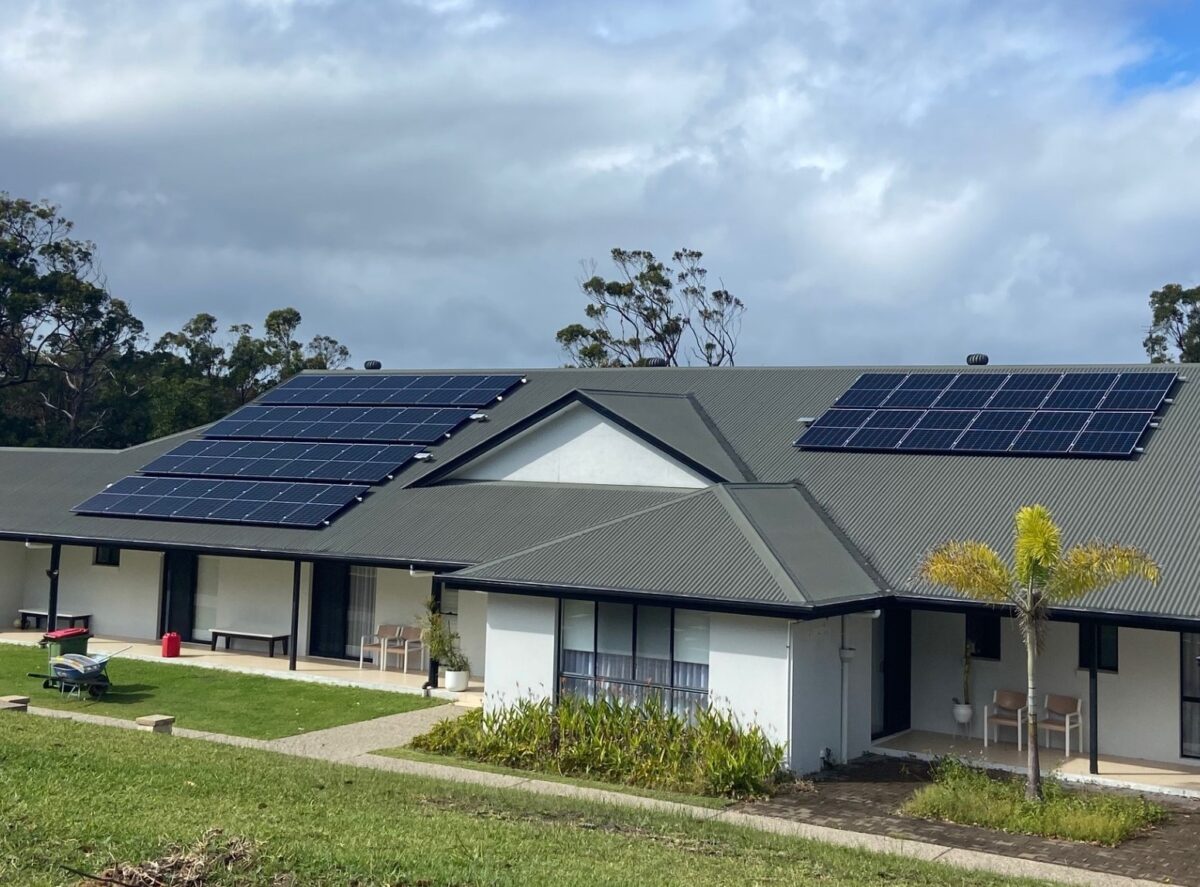
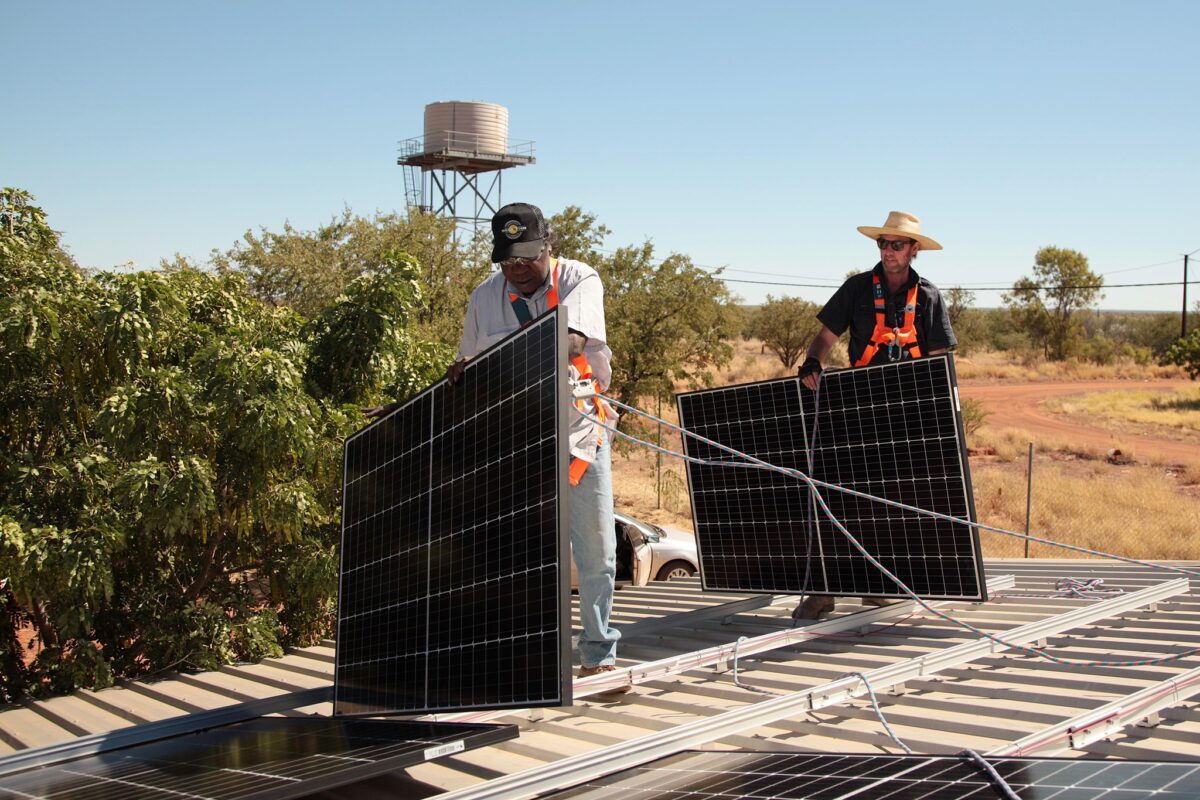


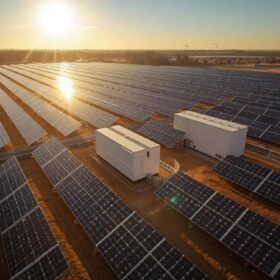

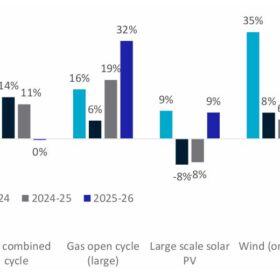

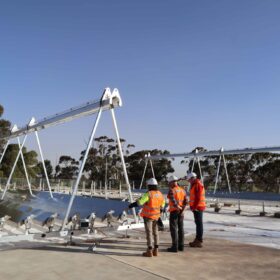
By submitting this form you agree to pv magazine using your data for the purposes of publishing your comment.
Your personal data will only be disclosed or otherwise transmitted to third parties for the purposes of spam filtering or if this is necessary for technical maintenance of the website. Any other transfer to third parties will not take place unless this is justified on the basis of applicable data protection regulations or if pv magazine is legally obliged to do so.
You may revoke this consent at any time with effect for the future, in which case your personal data will be deleted immediately. Otherwise, your data will be deleted if pv magazine has processed your request or the purpose of data storage is fulfilled.
Further information on data privacy can be found in our Data Protection Policy.